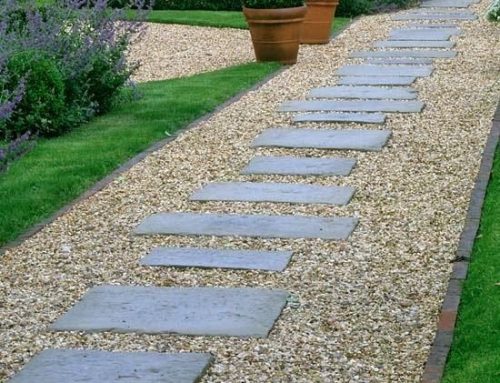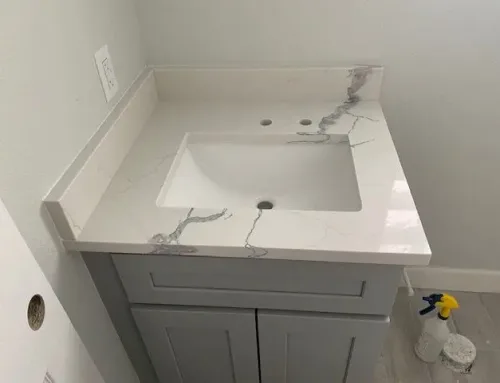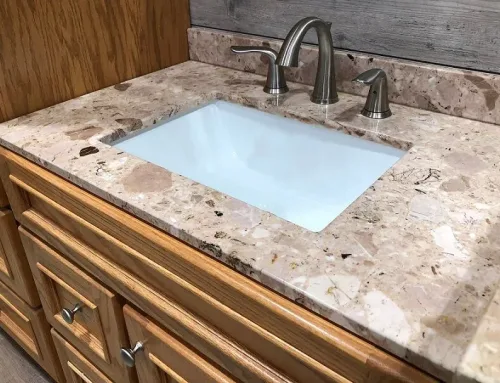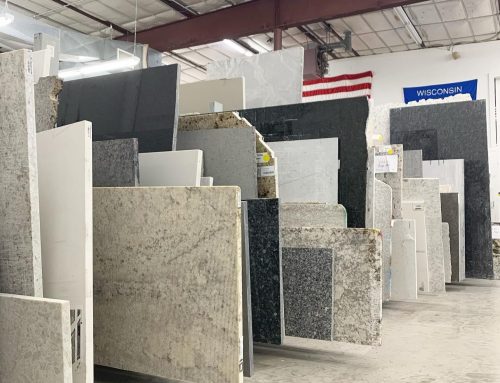How do you manufacture marble? Marble has been a symbol of luxury and elegance for centuries, used in everything from grand sculptures to stunning architectural designs. But have you ever wondered how craftsmen transform raw marble into the beautiful slabs and tiles found in homes and commercial spaces? The manufacturing process involves several intricate steps, from extraction to finishing. Let’s take a closer look at how marble is made.
1. Quarrying: Extracting the Raw Material
The journey of marble begins in quarries, where natural stone deposits form in various parts of the world. Some of the most famous quarries are located in Italy, Greece, Turkey, and India. Here’s how the extraction process works:
- Identifying the Marble Deposits – Geologists survey and test stone formations to determine the quality and characteristics of the marble.
- Cutting the Blocks – Workers use large wire saws with diamond-tipped cables or specialized cutting machines to slice enormous blocks of marble from the earth.
- Transporting the Blocks – Once extracted, workers transport these massive blocks, often weighing several tons, to processing plants for further refinement.
2. Block Cutting: Shaping the Marble into Slabs
At the processing plant, the marble blocks undergo primary cutting to transform them into usable slabs or tiles. The cutting process includes:
- Gang Saw Cutting – A gang saw, fitted with multiple diamond blades, slices large blocks into thinner slabs.
- Wire Saw Cutting – Some manufacturers use high-pressure water jets and wire saws to cut marble into precise dimensions, reducing waste.
- Block Dressing – Before further processing, workers trim rough edges and imperfections to ensure uniformity.
3. Surface Finishing: Enhancing the Marble’s Aesthetic
After cutting, workers refine the slabs through a finishing process to achieve the desired look and texture. Some popular finishing techniques include:
- Polishing – Marble is polished using abrasives to achieve a high-gloss, reflective finish.
- Honing – This process creates a matte or satin-like finish, ideal for non-slip flooring.
- Flaming & Brushing – Applying high temperatures and wire brushes to create a rough texture, often used for outdoor surfaces.
- Sandblasting & Leathering – For unique textures, manufacturers use sandblasting to create a rough finish or leathering to enhance natural stone patterns.
4. Resin Application and Reinforcement
To improve the durability and strength of marble, some slabs undergo resin treatment. This involves:
- Filling Cracks and Voids – Resin, usually transparent, is applied to fill natural cracks and pores.
- Baking Process – Workers place slabs in heating chambers to solidify the resin and enhance stone integrity.
- Final Polishing – The resin-treated slabs are repolished to restore their luster.
5. Cutting to Size and Customization
After surface finishing, craftsmen further customize marble slabs to meet specific project needs. These steps include:
- Waterjet Cutting – A high-pressure water jet is used to cut intricate designs and patterns.
- CNC Machining – Computer-controlled cutting allows for precision shaping, often used for custom countertops, sinks, and decorative pieces.
- Edge Profiling – Workers apply different edge finishes, such as beveled, bullnose, or ogee, to enhance aesthetics.
6. Quality Control and Inspection
Before shipping, each slab undergoes rigorous quality checks:
- Visual Inspection – Experts examine slabs for imperfections, consistency, and pattern alignment.
- Thickness Measurement – Ensuring uniform thickness across all pieces.
- Strength Testing – Some manufacturers perform impact and weight resistance tests.
7. Packaging and Distribution
Once approved, workers carefully pack and transport marble slabs to suppliers, distributors, or directly to construction sites. Packaging includes:
- Wooden Crates & Foam Layers – To prevent damage during transit.
- Strapping & Wrapping – Securely binding slabs together for safe handling.
Final Thoughts – How do you manufacture marble?
So how do you manufacture marble? Marble manufacturing is a complex process that combines art, engineering, and craftsmanship. From quarrying to polishing, each step is crucial in delivering the exquisite marble surfaces that add elegance to homes, hotels, and monuments worldwide. Understanding the meticulous process behind marble manufacturing gives us a deeper appreciation for this timeless material.





